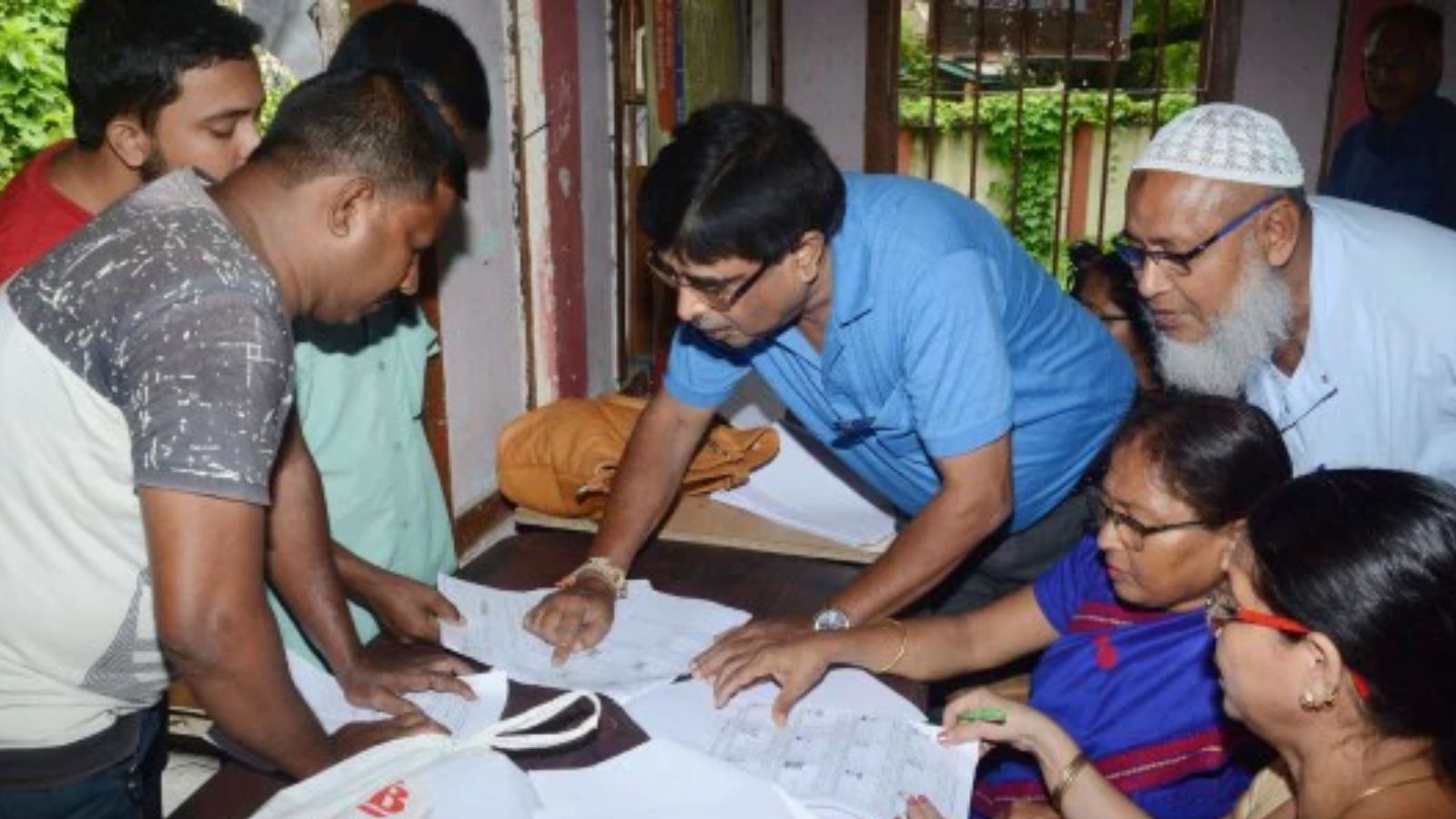The Supreme Court of India’s recent decision upholding the legal validity of Section 6A of the Citizenship Act is the most consequential judgment on the constitutional law of citizenship. Section 6A was enacted following the signing of Assam Accord in 1985 and grants citizenship to migrants from Bangladesh who entered Assam before March 25, 1971. Last week’s ruling, however, has far-reaching consequences that extend well beyond the region of Assam, especially considering the controversial Citizenship Amendment Act (CAA) of 2019, which remains pending in the courts.
The stakes could not be higher. In terms of politics, the petitioners challenged Section 6A based on the long-standing fears of Assamese groups that uncontrolled immigration from Bangladesh threatens their culture, economy, and political influence. Legally speaking, it touches on vital constitutional principles — particularly the limits of Parliament’s legislative power, the role of judicial review, and how to interpret key constitutional values like fraternity and equality in the context of citizenship.
Challenging parliamentary authority
The first significant aspect of the judgment is its declaration that Parliament’s power to legislate on citizenship is not unlimited. Like any other law, legislation on citizenship must adhere to constitutional limits, including fundamental rights.
This is a noteworthy ruling because it draws a clear line in the sand for the pending CAA case. In the CAA case, the government has argued that laws on citizenship are an expression of sovereignty and should be immune from judicial scrutiny, but this ruling rejects that notion entirely.
Citizenship laws, the Court held, are subject to constitutional limitations and judicial review, providing a clear indication that the CAA will likely face similar scrutiny.
Fraternity and the right to culture
A second critical dimension of the ruling is its discussion on constitutional values, particularly the principle of fraternity. The petitioners argued that the influx of migrants undermined Assamese culture and violated their rights under Article 29 of the Constitution, which protects the cultural and educational rights of minority citizens. They claimed that the presence of these migrants was eroding their cultural identity, a violation of their rights.
The Court, however, took a broader and more progressive view of fraternity, rejecting the argument that demographic change constituted a violation of culture. Fraternity, the judges held, is about fostering “interconnectedness” among citizens, not the right to “choose one’s neighbours.” This rejection of a narrow cultural protectionist view marked a serious blow to Assamese political claims. The judgment emphasised that demographic change does not inherently violate cultural rights — a significant step in the broader debate over how to balance majority cultural concerns with broader democratic principles.
Equality and judicial deference
The judgment also delves into the question of equality in citizenship laws. The petitioners argued that Assam was unfairly burdened by Section 6A, which imposed a different cut-off date for citizenship compared to the rest of India. The claim was that Assam was disproportionately carrying the weight of immigration while other border states were not subjected to the same rules. Relevant here was the right to equality under Article 14. The right requires that any divergent treatment — so-called “classification” among groups — must be rational and justified by the purpose of the law.
The Court upheld Section 6A’s constitutionality, acknowledging the historical context of the Assam Accord and Assam’s unique challenges with migration. However, there was a divergence between the justices on how much deference the courts should give to Parliament in this matter. Justice D Y Chandrachud, argued that when core rights and constitutionally significant subjects are at stake, courts must intervene. Justice Surya Kant (for two other judges) took a more deferential stance, which suggests that Parliament’s classification of groups for legal purposes should be respected, provided it aligns with a legitimate public objective.
This divergence on the degree of judicial deference will have serious implications for the CAA case. The CAA’s stated objective is to help persecuted minorities, but it fast-tracks citizenship for only non-Muslims from Pakistan, Bangladesh, and Afghanistan. The question now is which level of scrutiny will the Court apply to the CAA’s religious discrimination. Will the Court consider citizenship and the right to life too significant to allow for broad parliamentary discretion, or adopt a more deferential approach?
This debate on judicial deference will also test how seriously the Court treats secularism as a constitutional principle. Will secularism be interpreted as a core value, alongside fraternity, that demands legal protections for all citizens, regardless of their religious identity? Will secularism be interpreted — in fact as an extension of fraternity — as a concept respecting diversity and solidarity?
The missing voices
Despite its progressive framing of fraternity, the judgment is striking for what it leaves out: The voices of the migrants themselves. The Court framed the issue as a balancing act between the government trying to manage the costs of migration and its humanitarian concerns. But absent from this narrative are the refugees, the stateless, and the multigenerational immigrants who are most affected by these laws.
The Court did not fully engage with the rights of those who have fled persecution or whose lives are now mired in uncertainty. It failed to consider whether the state has an obligation to protect the rights of refugees and stateless persons, who remain invisible in the legal framework. The judgment speaks the language of statecraft but it does not fully account for the human rights of the marginalised.
This omission is significant. As India continues to grapple with its citizenship laws, the Court must address the rights of the most vulnerable. The ruling on Section 6A, while progressive in some respects, leaves the fate of these individuals uncertain. With the CAA case on the horizon, the Court once again has an opportunity to centre the rights of refugees and stateless persons in its legal reasoning.
The writer teaches at School of Law, Queen Mary University of London



